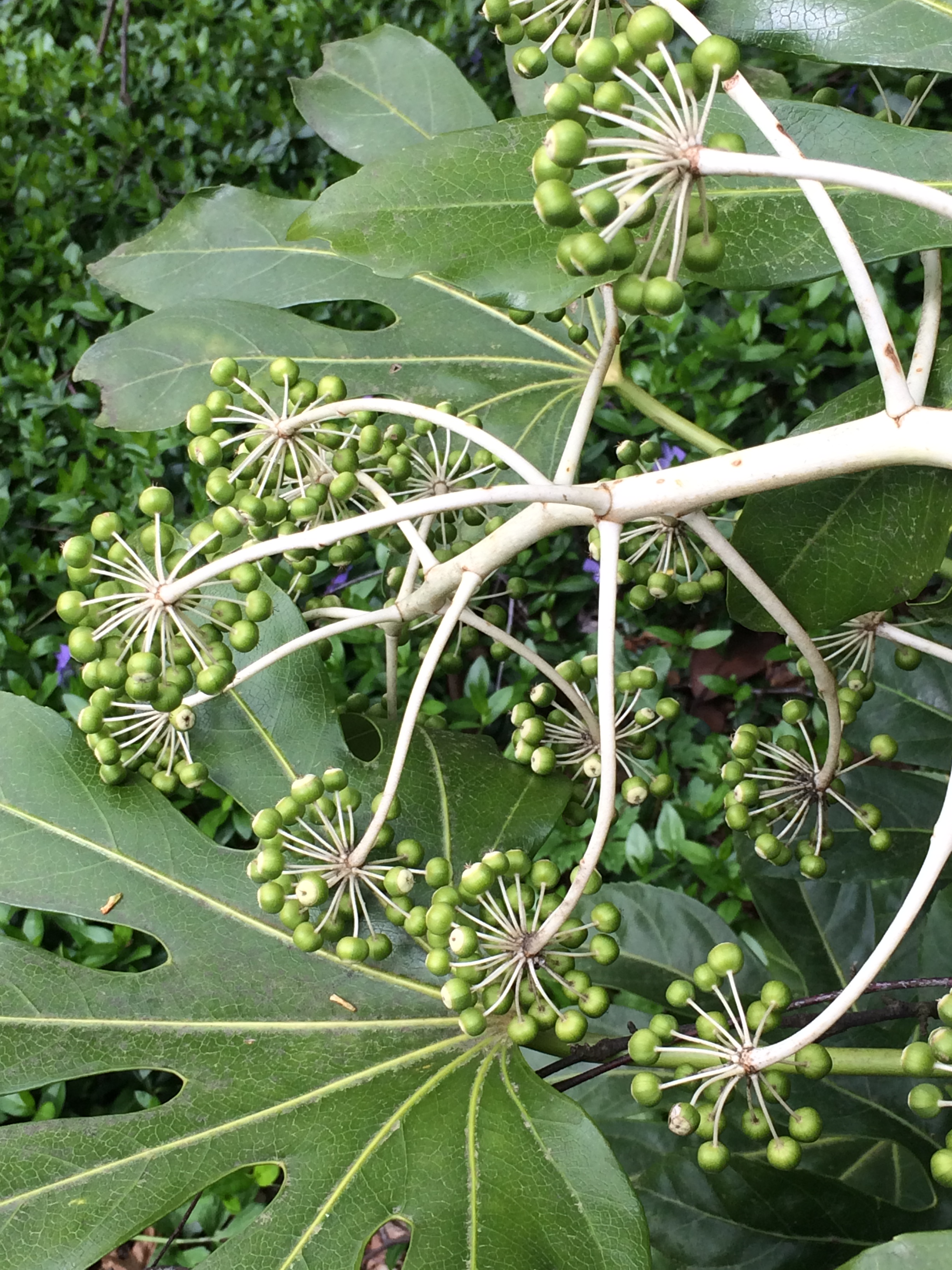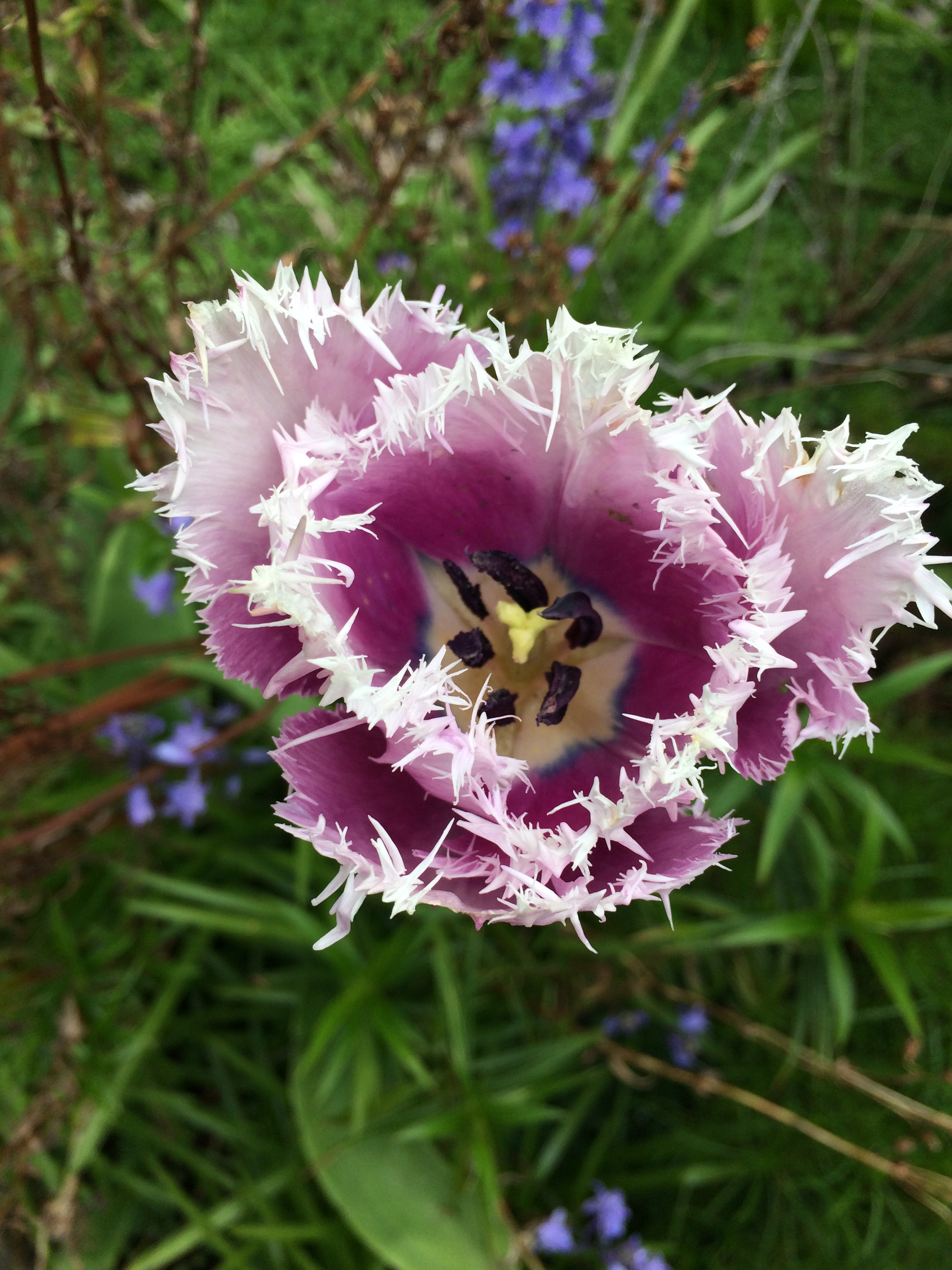
Analog Perfection



As summer’s yard work draws to a close, I offer the following garden-related “notes-to-self” that have been scribbled in my journal during the season.

fatsia berries



All photos by Laura Kraft.
Feel free to share the content of this posting, but please provide a link back to 2H Pencil.
 These cold, dark, damp Seattle winter days have me thinking about ways to keep warm. I love this elemental hot tub. The wood-fueled heat exchanger is a simple and obvious example of form following function. The tub is a half-sphere, with squat legs and a useful side shelf. Cold water, supplied with a garden hose, is mixed with steam-heated water to regulate the desired temperature. The couple looks like they are steeping in a colossal cup of tea!
These cold, dark, damp Seattle winter days have me thinking about ways to keep warm. I love this elemental hot tub. The wood-fueled heat exchanger is a simple and obvious example of form following function. The tub is a half-sphere, with squat legs and a useful side shelf. Cold water, supplied with a garden hose, is mixed with steam-heated water to regulate the desired temperature. The couple looks like they are steeping in a colossal cup of tea!
Once in a while, a designed object hits all the right notes.
It is only as complicated as it needs to be in order to work. It performs its job with elegant efficiency. Its material is well suited to the application and the material’s properties are appropriately exploited. The object’s use is obvious to the user.
Its form and function resonate with one another, clear as a bell.
The photo was featured on a Metropolis Magazine cover, sometime before 2003. The Dutchtub Original was designed by Floris Schoonderbeek. The quote above is from Sweet Spot, posted in this blog in September 2012.
Feel free to share this image, but please provide a link back to 2H Pencil.
I invite your comments.
Once in a while, a designed object hits all the right notes.
It is only as complicated as it needs to be in order to work. It performs its job with elegant efficiency. Its material is well suited to the application and the material’s properties are appropriately exploited. The object’s use is obvious to the user.
Its form and function resonate with one another, clear as a bell.
This one-piece Lucite soap dish (circa 1975, designer unknown) is such an object:

Plan
All images belong to Laura Kraft-Architect. Feel free to share any of these images, but please provide a link back to 2H Pencil. Thanks.